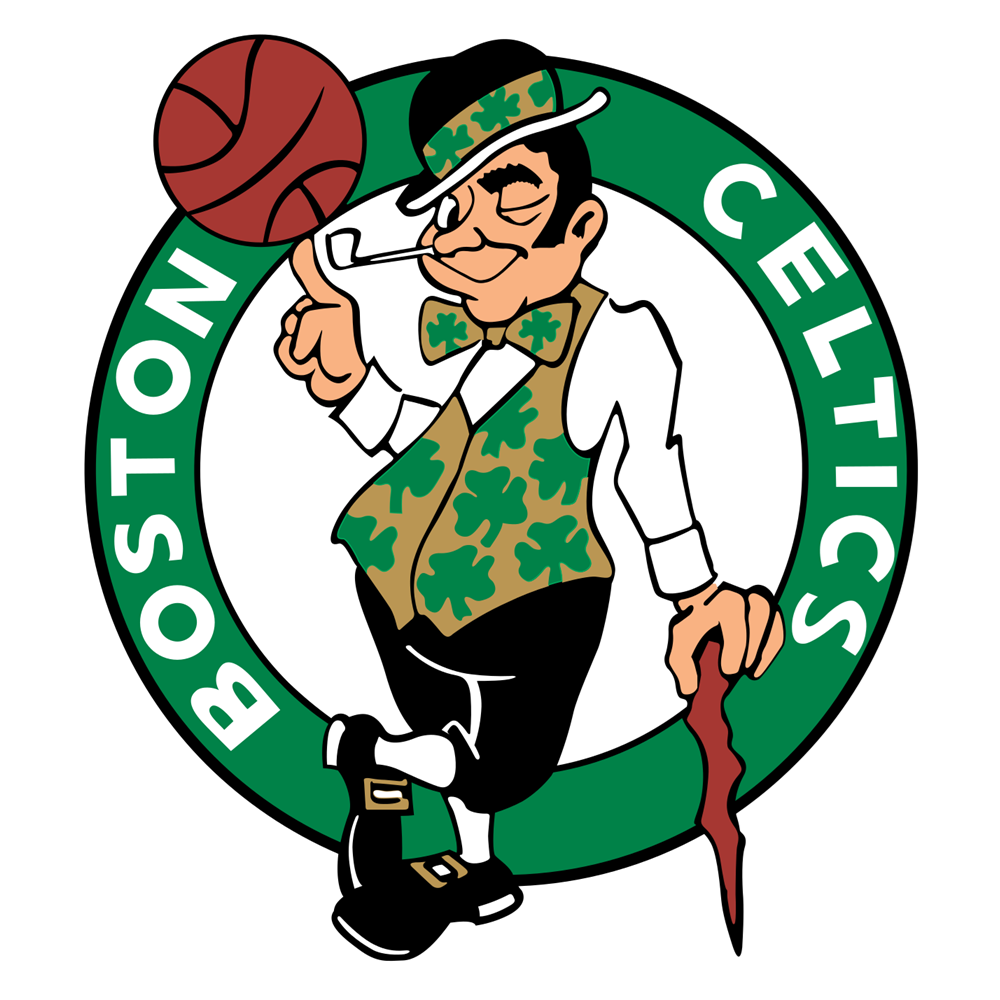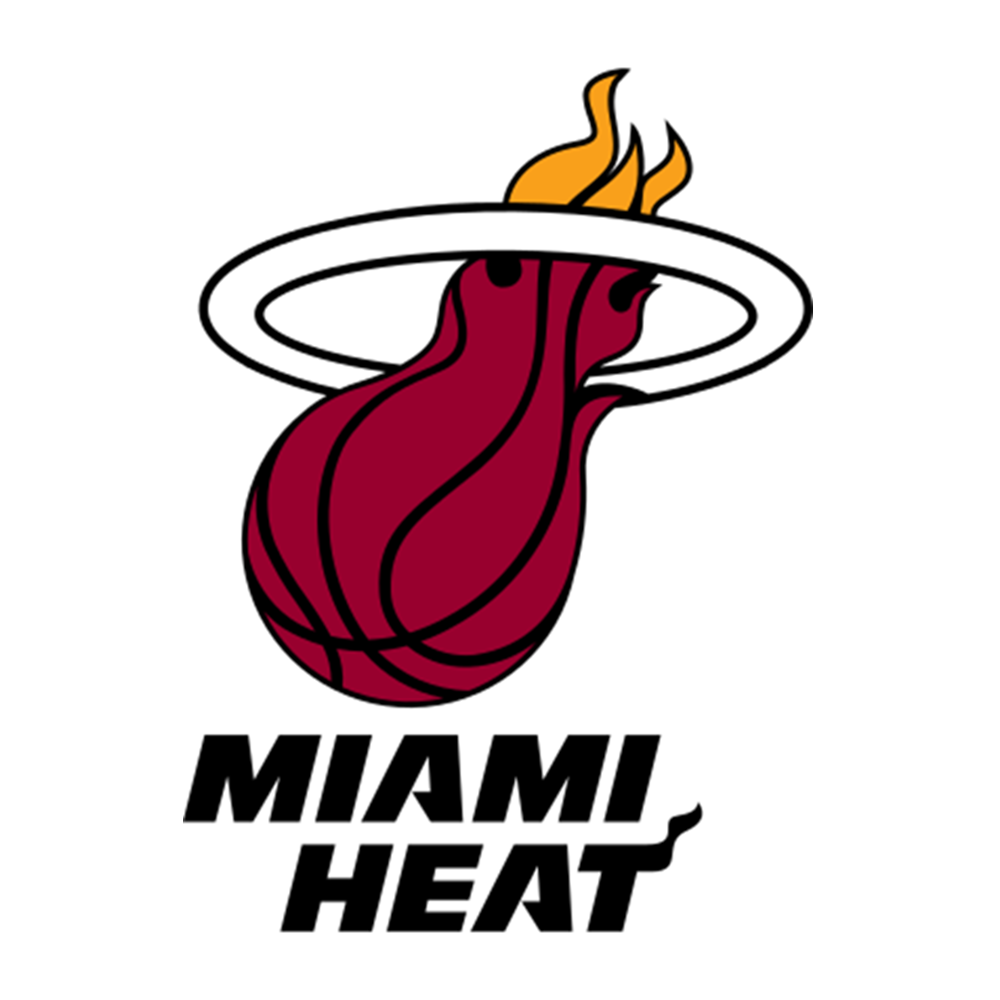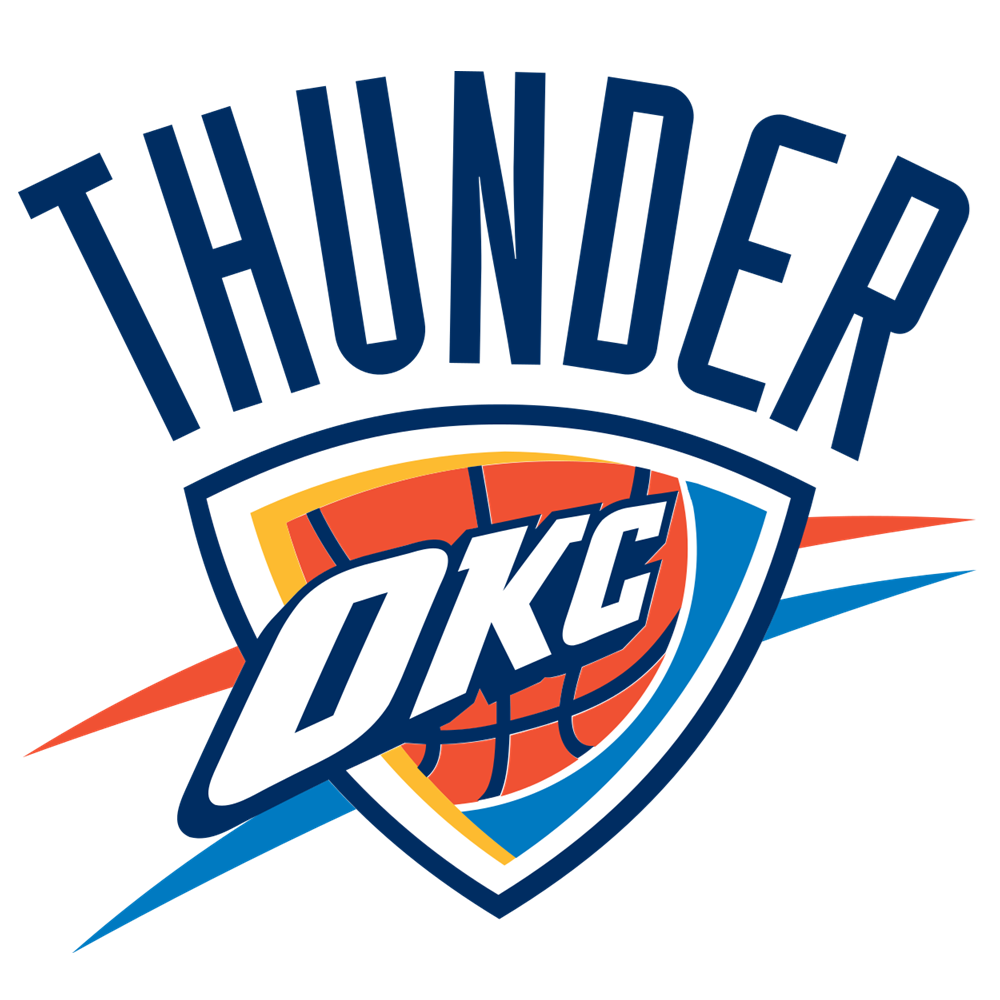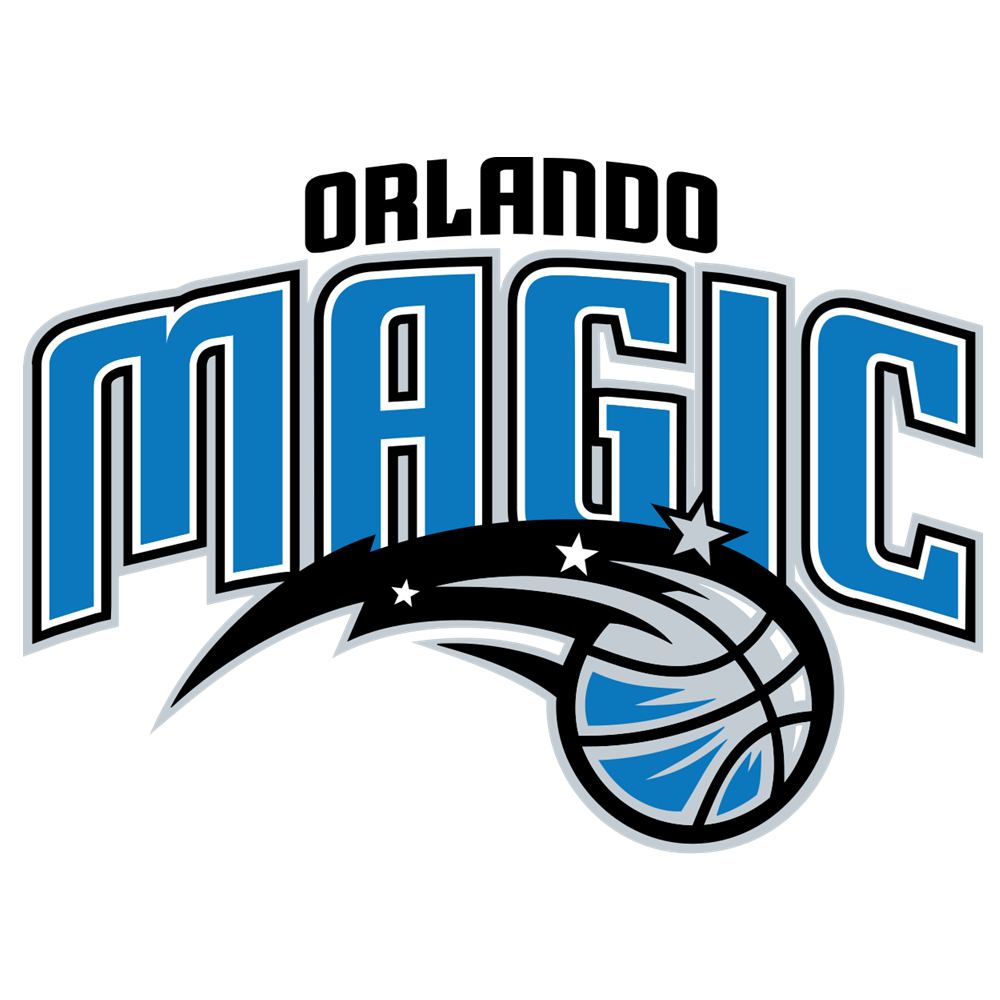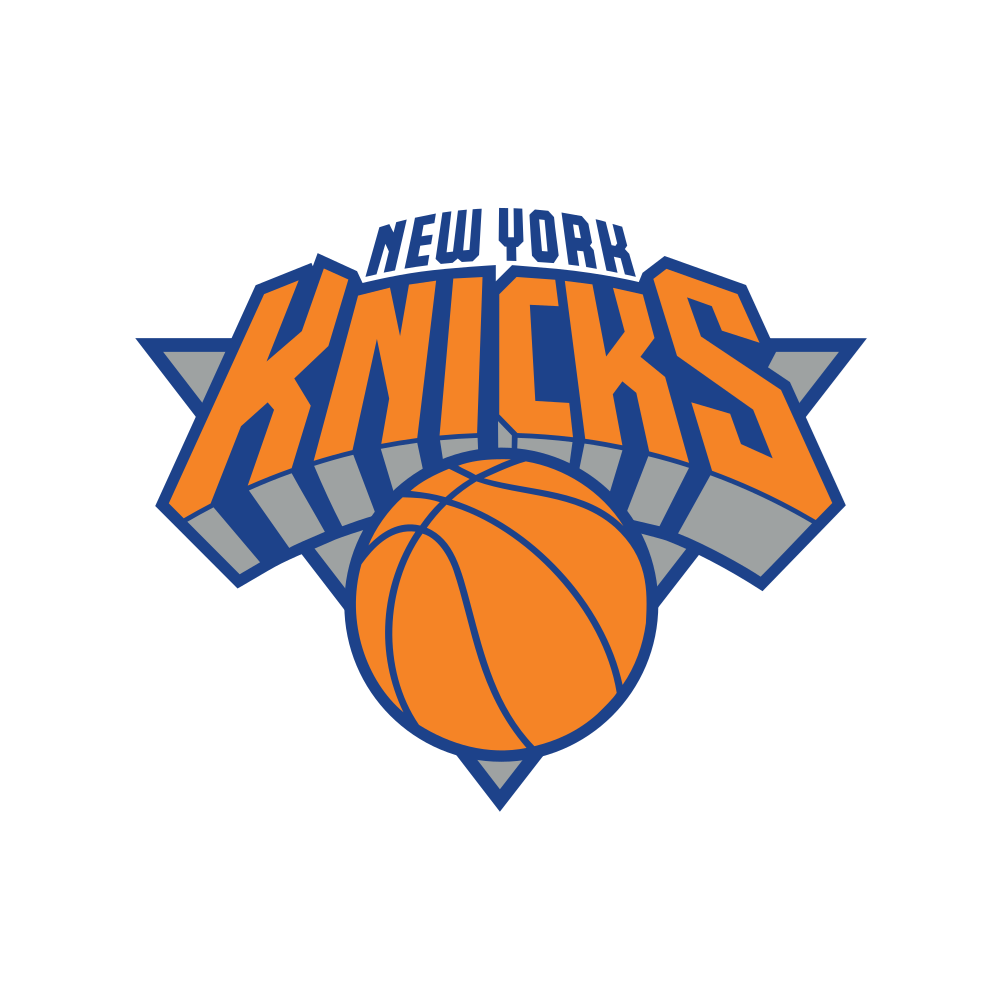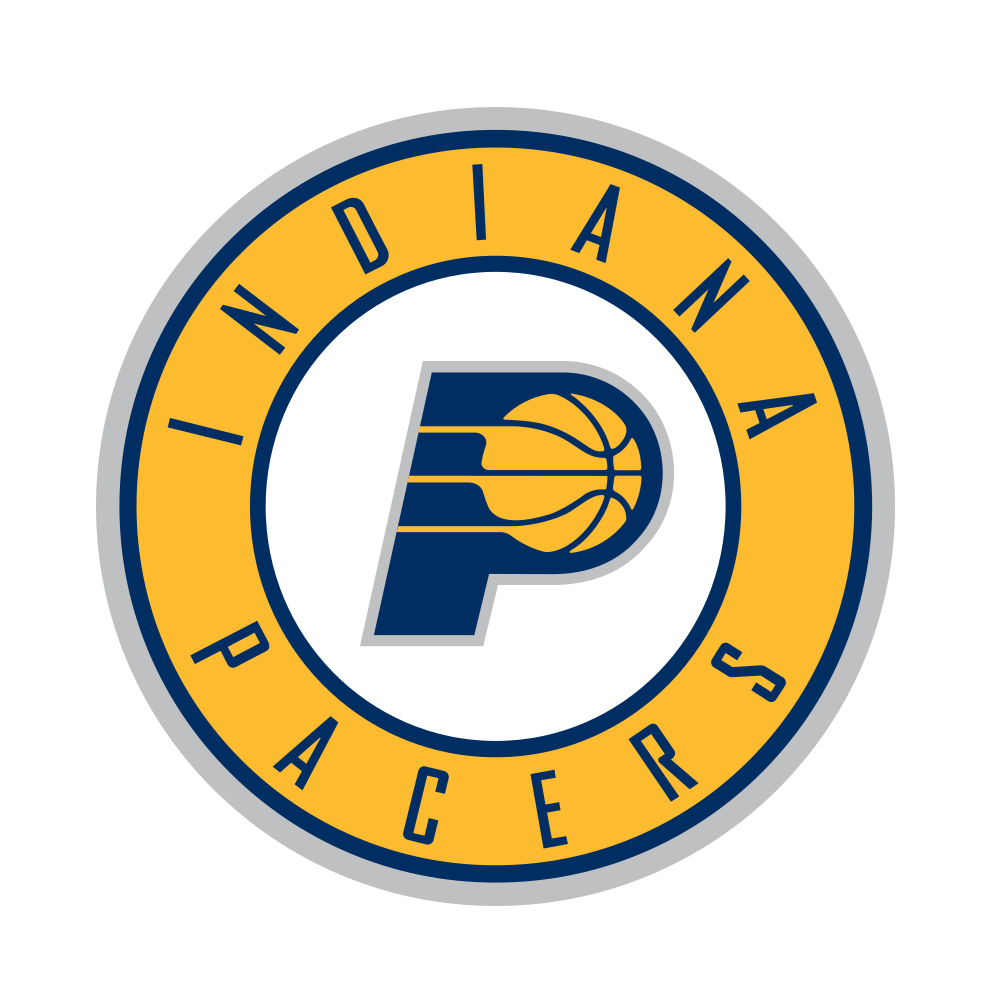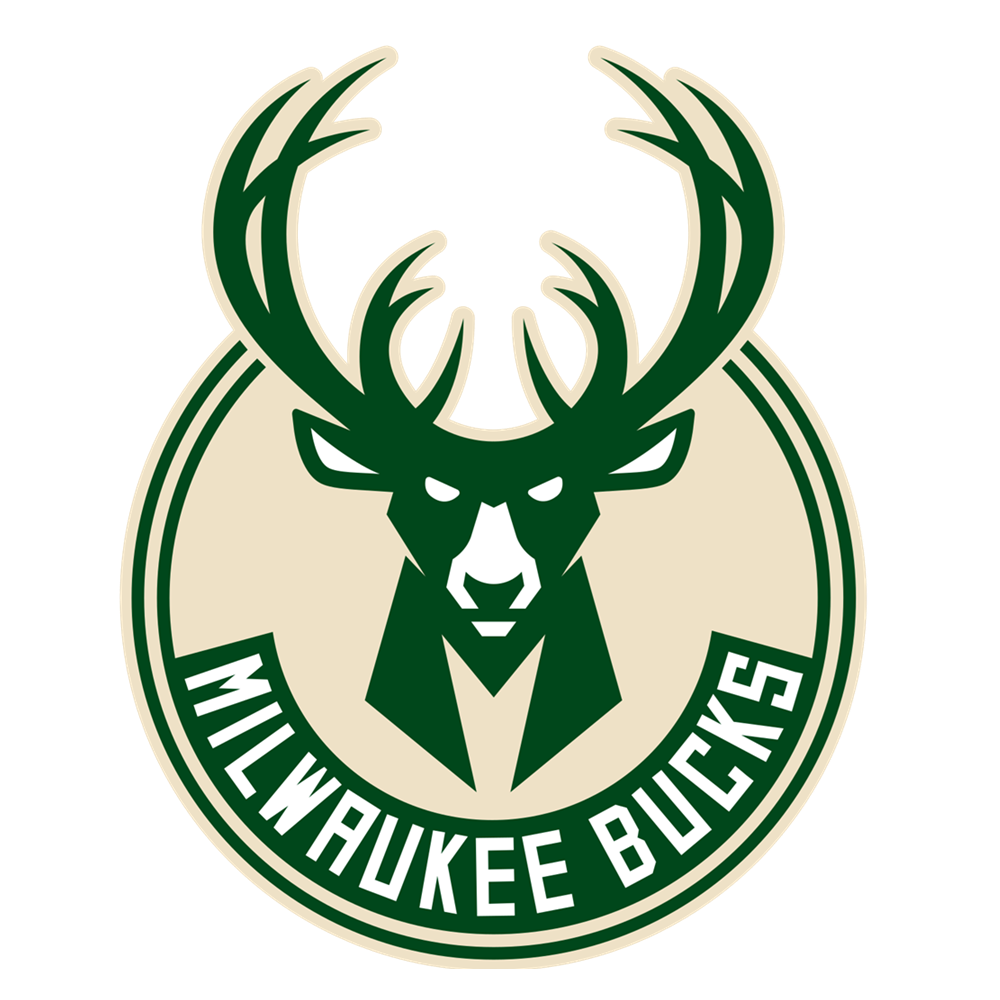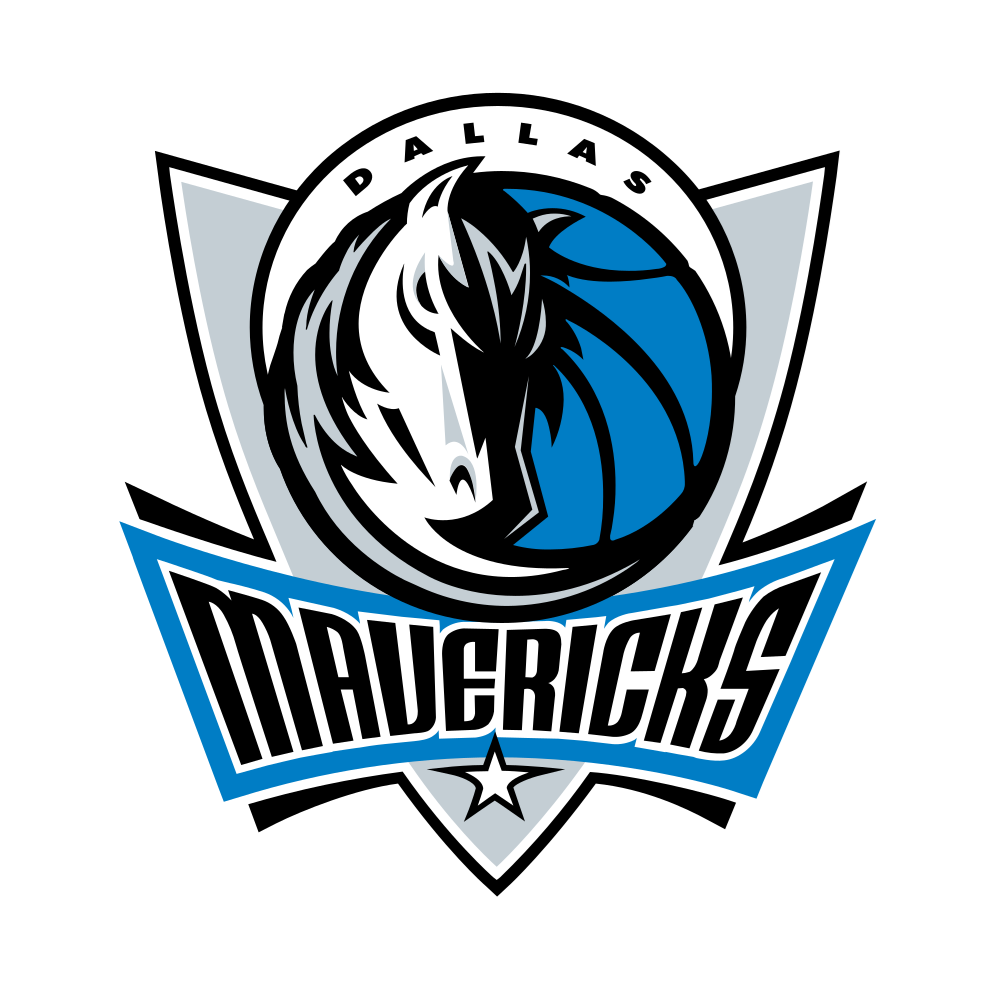After scoring 17 straight points, the Boston Celtics took a 14 point lead over the Cleveland Cavaliers in only the first seven minutes of the first game of the 2018 Eastern Conference Finals. They never relented that lead. Indeed, it only grew from there.
During this game-opening run, the Cavaliers got good shots on the offensive end. They drove and kicked the ball, moved it around, and found their shooters in good positions, who (normally) took balanced shots in rhythm. They just didn't go in.
This is fine! It happens. A big lead is not in itself indicative of particularly poor play. To be down big early is a tough spot to be in, but if focus and discipline are retained, it should come back eventually. By virtue of its high volume of possessions, basketball is a cyclical game, and a game of runs. If Cleveland adjusted to specific match-ups, kept up the offensive fluidity and stepped up the defence, it would right itself.
It also is something they are used to. In game one of their second-round sweep over the Toronto Raptors, the Cavaliers found themselves again down by 14 points in only the first quarter. Yet in that game, they slowly but surely made increments into that lead, never getting down that far again and eventually winning the game.
The difference last night against the Celtics was that they never got close.
Cleveland came back against the Raptors in large part because of the greatness of LeBron James. Through his ability to constantly break down the defence, his presence on the glass, his solid plays on the ball defensively and (most pertinently) his ability to get to the rim pretty much at will, James put the team on his back whenever circumstances required it, and helped others get their own when they didn't.
However, yesterday, this did not happen. Boston's eternal switching on every pass, feed and screen saw a variety of different looks for LeBron to compete with, and well-timed doubles along with strong individual possessions from all he faced (especially Marcus Morris, who along with Marcus Smart seemed to be everywhere at all times) saw the Cavaliers lack much in the way of offensive rhythm beyond those first few minutes. Whereas once they had gotten some good shots and just missed them, they then stopped getting good shots. The ball stopped moving, and the players stopped moving.
The Houston Rockets had the best offence in the NBA this season. Or second-best, depending on your choice of definition. What is not up for debate is that they were last in the league in screens, and last in passes. It therefore follows that there is no set formula for high-calibre NBA scoring except high-calibre NBA shotmaking, and that even if there is, it does not necessarily involve throwing a lot of passes.
That said, Houston did so because of not only the brilliance of James Harden (and, to a slightly lesser extent, Chris Paul) in isolation plays, but also because of the shots they took. A high volume of high percentage unblockable threes interspersed with a lot of foul shots and finishes right at the rim is how they are able to get away with moving the ball around less than their peers. Cleveland, outside of LeBron as an individual with fits and starts from others, do not do that.
Cleveland also does not have a Clint Capela-type to throw lobs to. They do not have the speed of ball movement to maximise their five-out line-ups they can play with Kevin Love (who now seems to be better at centre). They do not have the athletes to run the court much. And when they lost that rhythm, they never got it back.
Considering their point guard rotation of do-nothing George Hill and do-way-too-much Jordan Clarkson, the Cavaliers have a limited list of line-ups offensively - against a defence like Boston's, which comes in waves and does not disappear just when the starters go out, any minutes without LeBron will be tough. And last night, the minutes even with LeBron were tough - the ultimate puppet master had had his strings cut.
The bigger problems, though, came defensively.
Al Horford is whatever the Celtics need him to be. In the first quarter, he was the straight-on screen setter and offensive quarterback, sometime driver and always excellent communicator, the re-feed option who could find a way through any possession. Then in the second quarter, he was the interior defensive wall. When he got stops around the basket, or when any of the perimeter switches yield a live ball turnover as they so often did, the Celtics would then run at every opportunity (particularly Jaylen Brown, a much more confident and skilled player with each passing month). And be it in the half court or the full court, the Cavaliers routinely give up mostly unchallenged rim runs to the basket.
Boston just keep going at Cleveland. They could do that with pretty much any Horford pick-and-roll action; there were few Cavaliers defensive rotations, and no shot-blocking presence given Tyronn Lue's new distrust of Larry Nance. [This is the downside of Love at centre. And Tristan Thompson, effective though he can be and was in his match-up with Horford and Aron Baynes last night, is not a shotblocker either.] Any slight contest or rotation was undermined by a pass-out for a jump shot, or for a driven closeout or curl play by Brown and excellent rookie Jayson Tatum.
There is never just one action on any offensive player with the Celtics. They'll set up a general shape and run someone off the ball somewhere, but after that someone has cut, without hesitation, someone else will then do so as well. There is more than a simple re-feed, or solitary pick-and-roll on a Celtics potential, and there is always another cut underway. How many times have you seen other NBA teams run a set, get contested, then have to pull it back out with about nine seconds left and have to improvise? And then how many times have you seen the Celtics do it?
Defensively, the Celtics do not give up on a close out. The Cavaliers do. Offensively, the Celtics do not struggle to find a new plan mid-play, and to do so quickly. The Cavaliers can do. To improve their offensive efficiency, Cleveland needs to create higher percentage baskets. To do that means getting to the rim, and that is much easier to do in transition. But there can be little transition without defence. The Cavs need run outs, but that starts with stops, and there are no stops.
What the post-trade deadline Cavaliers do do a generally better job of is trying to stay in games. The pre-trades Cavs would mope, chew each other out, limp to an often somewhat heavy defeat and probably have a very awkward bus ride back to the arena. The second-half team, though, seems to stick with it more. They may be overmatched, undermanned, down big, or struggling with certain match-ups, but they will still dive for the ball, give fives after baskets, and still look engaged. No longer do they seem so palpably annoyed with each other. And that, often, can lead to the comeback being on.
It has been a punchline of Jeff Green's career that he tends to look exceptional when his team is down big. The subtext in this observartion is one of an underwhelming career. Punch line or not, though, it is also a good thing to have. With Green finding his spots on the court, a late third period run cut a 26 point half-time deficit back to only 14 by the quarter's end.
But there was only one run. There's always one run, but one run isn't enough. One run can be just as easily stamped out. And the Celtics certainly stamped it with a strong start to the fourth. A dunk, a stop, a forced turnover, a three, a steal, a layup, all within the first 68 seconds of the fourth, and boom went the dynamite. Fourteen points had immediately become twenty-one again, and that was the end of that.
Having spirit alone is not going to get this done. Not when the opposition is full of it too. When Cleveland made runs against Toronto, the Raptors folded. They got uptight, reverted to being risk averse, and threw away their strategic advantages. Boston did the opposite.
The Raptors allowed Cleveland to breathe in a way that Boston's barrage of switching does not. They allowed LeBron James to drive into space, take on mismatches and quickly swing the ball. And they played into Cleveland's hands by no longer exploiting their main defensive weakness, the moving ball. Regardless of how much of a match-up league the NBA is, Boston's ability to switch allows them to keep up with whoever they need to. Cleveland has not shown that on defence.
That Celtics defence is not going to go away. Is the Cavaliers's defence going to come?
